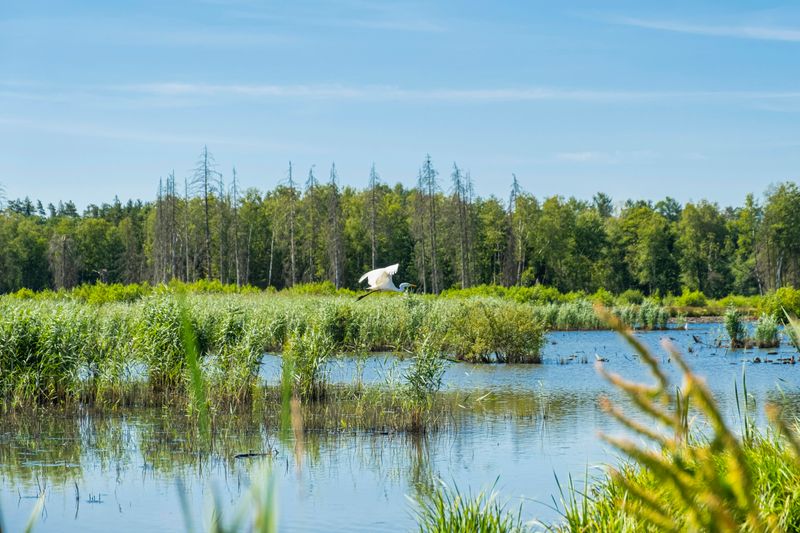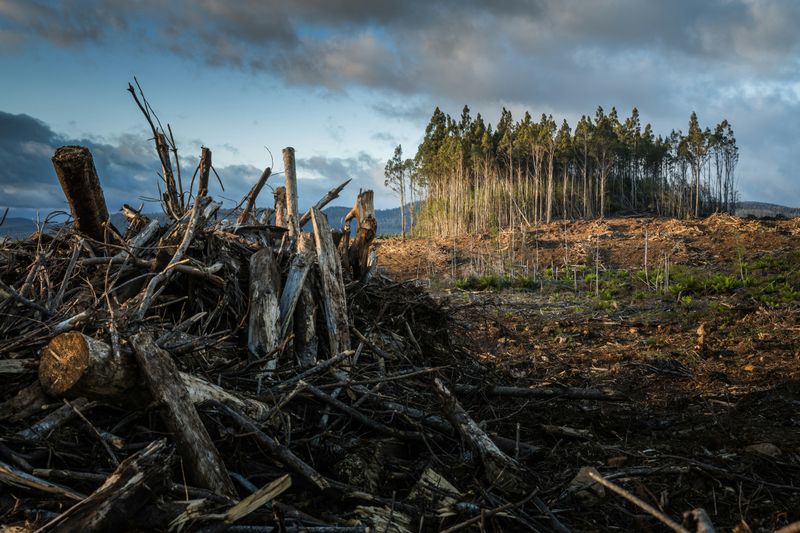When you stand outside your home, how many types of life can you see or hear?
I have heard over 100 different birds outside my home in one year, and I can hear over 20 on most spring and summer mornings!
This is a miniscule amount compared to all life on Planet Earth. New research estimates that there are around 8.7 million species on Earth, give or take 1.3 million.
All life on Earth makes up the planet's biodiversity. Biodiversity includes plants, animals, microbes, bacteria, viruses, and fungi.
The small actions you take in your community and backyard can have a significant positive impact on the world.
Why is Biodiversity Important?
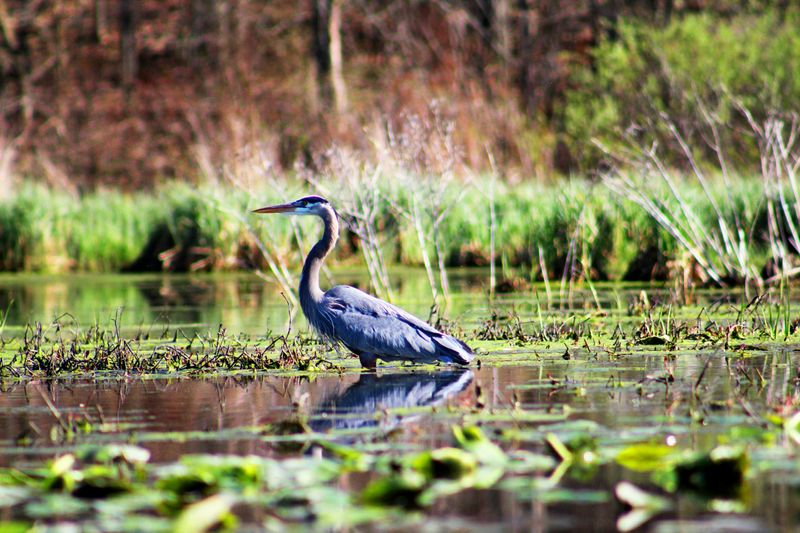 Photo by Tyler Butler on Unsplash
Photo by Tyler Butler on UnsplashLife is dependent on other life. Biodiversity supports the interconnections of all life.
Consider Wolves

Wolves increased biodiversity in Yellowstone National Park after their reintroduction. How was it possible? Because wolves changed the habits of the deer. The deer no longer overate in any particular location because they now moved more frequently with the wolves around.
This gave time for trees to grow, providing habitat for other animals, particularly birds and beavers. Beavers started building dams, which created habitat for amphibians, reptiles, otters, and muskrats. Wolves competed and killed coyotes, increasing rabbit populations that attracted hawks, foxes, and other species.

From the human perspective, biodiversity:
supports jobs and incomes, and can fight poverty
increases the availability of clean water supplies by providing filtration and other services
increases the availability of natural medicines and the discovery of new medicines
improves crop and food yields and health
improves our ability to enjoy our favorite animals in books and movies without the guilt of losing them to extinction
Threats to Biodiversity
The main threats to biodiversity:
Climate change increases stress on populations, degrades habitats, and decreases species' health and resilience.
Habitat loss and degradation cause species to decline and even go extinct locally, decreasing their genetic diversity and, therefore, threatening entire species.
These two threats amplify each other and are caused by:
exploitation of resources (e.g. agriculture, forestry, mining)
invasive species
pollution
pesticides, insecticides, and herbicides
Humanity's threat to biodiversity also means it's in our power to support biodiversity.
Biodiversity Building Basics
Building diverse ecosystems can support more extraordinary biodiversity and help maintain genetic diversity.
Often, the means to building biodiversity is stepping aside and letting nature do its own thing without trying to control it. Other times, you may need or want to be more proactive.
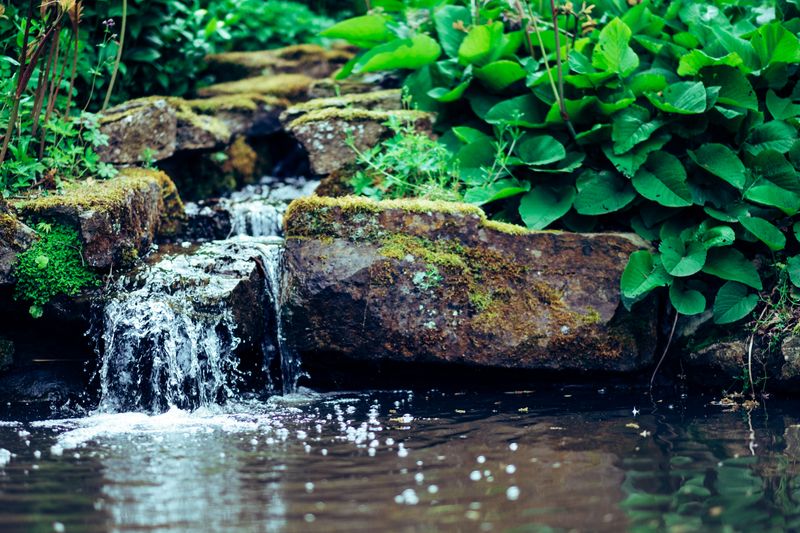 Photo by Harry Grout on Unsplash
Photo by Harry Grout on UnsplashWhen building biodiversity, start with water. All life needs water. Provide small shallow water containers with pebbles for insects and birds to drink from. Allow water to infiltrate the ground by applying the "slow it, spread it, sink it, store it" methodology. Where there is water, life is sure to follow.
Tips for Urban Biodiversity
If you live in an urban area, building biodiversity might be challenging, but this only means you need to be more creative.
Urban areas that support biodiversity include:
urban parks, including pocket parks
rooftops (e.g., green roofs and rooftop gardens)
balcony gardens
community gardens
transportation corridors (e.g., shoulders of roads, streetscapes, median strips, etc.)
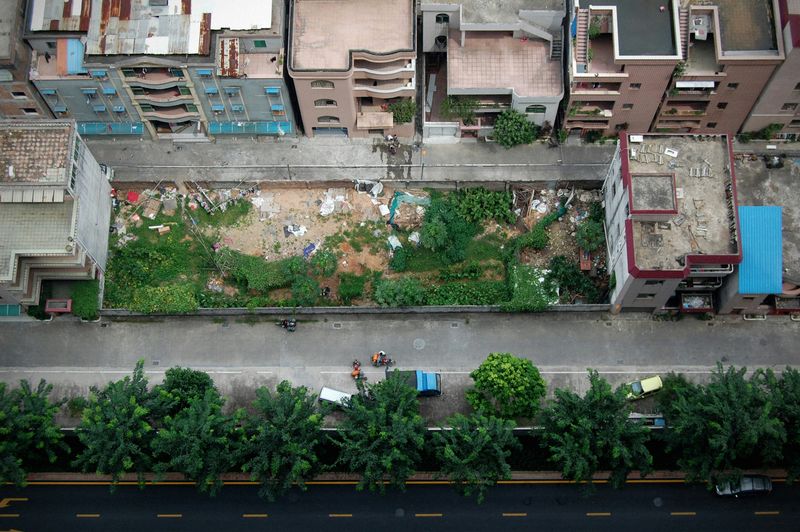 Photo by shane Keaney on Unsplash
Photo by shane Keaney on UnsplashThe biggest tip for building city biodiversity is to start where you are.

Start a container garden on a balcony or rooftop. Plant flowers, herbs, and small trees. Plant a variety of species, annuals, and perennials. Consider bloom times to span from early spring to late fall. Consider a water feature with shallow water and pebbles so insects and birds can get a drink.

Find a community garden near you. Grow a variety of plants. Focus on perennials that can come back year after year so that animals can also rely on it. Build soil fertility with composting. Help others understand biodiversity and how it can improve the garden.

Find a volunteer group involved in gardening or park support. Being part of a group and informing them of ways to increase biodiversity (if unaware) can improve your impact on biodiversity.

While guerrilla gardening isn't for everyone (because of legal issues, including land rights), this form of activism can also be a path to greater biodiversity. Tactics include extending garden areas into adjacent land, including public right-of-ways (e.g., planting areas along curbs), and planting on abandoned private property.
Lawns & Biodiversity
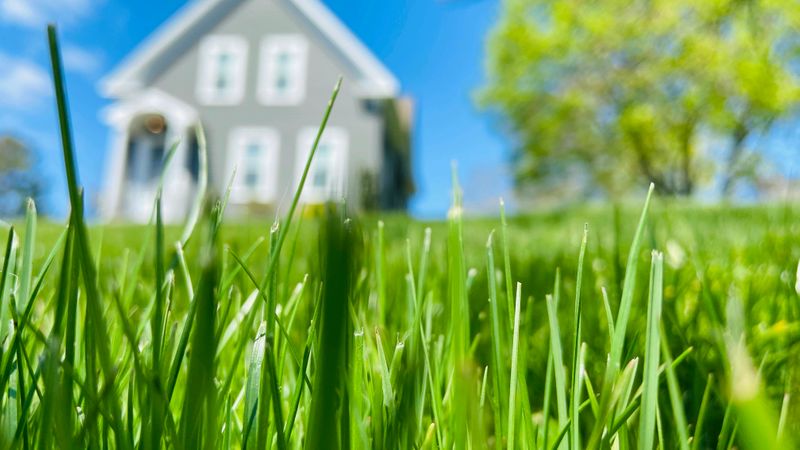 Photo by Daniel Helpiansky on Unsplash
Photo by Daniel Helpiansky on UnsplashLawns should be area rugs, not wall-to-wall carpet.
— Rebecca McMackin, horticulturist & garden designer
Lawns are iconic to the suburban neighborhood yard and ordinary in rural areas as well. But yards don't have to be a biodiversity desert. You can convert lawns into a biodiverse landscape or help others (e.g., friends, family, neighbors) do so.
Tips to convert lawns and improve lawn biodiversity:
add or expand existing planting and garden beds
mow less often and at a the maximum height of the blades
overseed grass with low-growing flower mixtures or hayseed
plant spring and fall bulbs in the lawn (choose pollinator-friendly species)
Gardens & Biodiversity
Gardens can take many forms. Whether you're converting lawns to gardens or building up your gardens for greater biodiversity, the biggest impact a garden can have on biodiversity is how you maintain it.
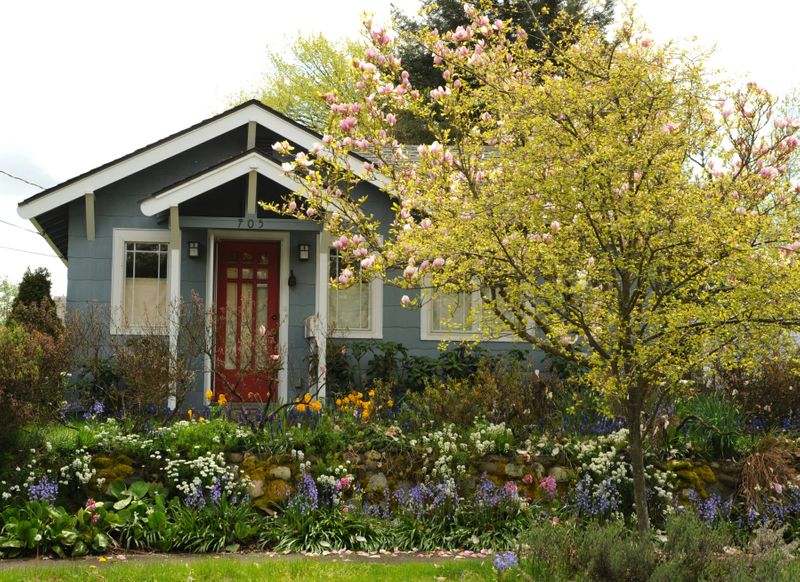 Photo by Wonderlane on Unsplash
Photo by Wonderlane on UnsplashMaintenance for Biodiversity

Tip #1: Let Go
Letting go of tight control over a garden can be one of the hardest things to do. Setting aside preconceived notions about how a garden should look and changing the ideal to what nature creates is essential to allow biodiversity to take hold.

Tip #2: Don't Clean Up
Leaves are essential to biodiversity and should stay in gardens as mulch for plants, homes for insects, and nutrients for the next season. Similarly, any plant materials trimmed, broken, or dead should stay in the garden to build systems that support continued biodiversity. Consider the "chop and drop" method.

Tip #3: Don't Use Poison
Using pesticides, herbicides, and insecticides can harm insects and disrupt the balance of the ecosystem. With biodiversity, "pest" species will eventually become food for other species. Chemical fertilizers can also be problematic and disrupt the balance of the ecosystem. Let tip #2 feed the biodiversity of your garden.

Tip #4: Water
A healthy, biodiverse, and well-established garden won't need watering most, if not all, of the time. However, while it's establishing itself, watering may be needed to support the establishment of newly planted species.
 Photo by JR Harris on Unsplash
Photo by JR Harris on UnsplashGarden Planning for Biodiversity

Tip #1: Plant Native Species
Native plants support native and local wildlife. They have adapted to regional weather and climate conditions.

Tip #2: Plant a Variety of Plant Types
Natural ecosystems have plants that occupy a variety of niches. Try a mix of plants, including annuals, perennials, shrubs, trees, ground covers, and vines. Select plants that bloom at different times of the year. Have a mix of evergreen and deciduous species. And mix annual vegetables and perennial edibles into the garden so you, too, can benefit.

Tip #3: Add Water
Create a water feature or a place for water to accumulate naturally. Expand a low spot and add some rocks and pebbles. Add a bird bath or set a bird bath basin on the ground. Place the container at a downspout opening to collect and spread the water.

Tip #4: "Affordable Housing"
Shelter for wildlife comes in a variety of forms. Leave dead plants in place, especially over winter, to give insects a place to hibernate. Add birdhouses or bee "condos" to the garden areas. Add stones in small groupings to shelter amphibians or snakes (both excellent pest controllers). Add logs for shelter and fungi food.
How Will You Plan for Biodiversity?
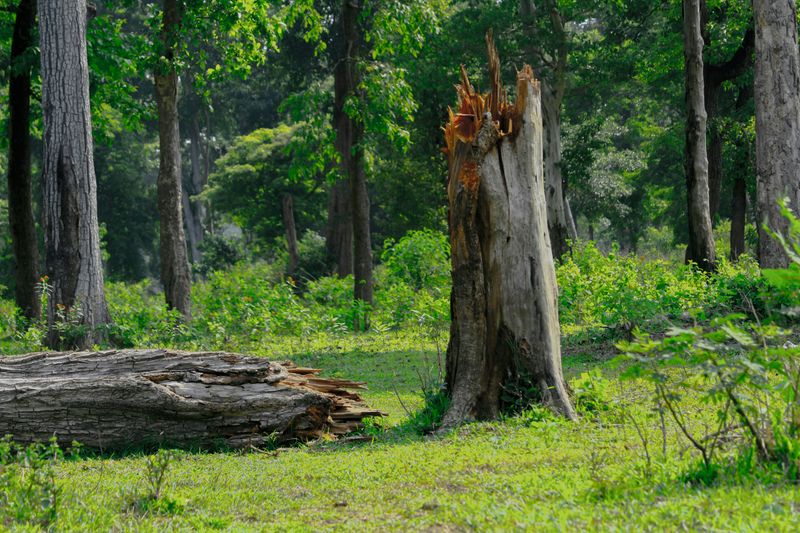 Photo by Arjun MJ on Unsplash
Photo by Arjun MJ on UnsplashSonia needs help planning her new garden. Her backyard is at the forest's edge, and the lawn is unkempt, with shrubs and other plants sprouting up. A dead tree fell in a recent storm, leaving the trunk rotting in the yard and the stump sticking up. She'd like a space full of butterflies, birds, and other wildlife.
What suggestions would you give Sonia for her backyard?
A. Leave the yard as it is.
B. Have the dead tree removed, including the stump.
C. Plant around the dead tree.
D. Leave most of the plants in her yard and lightly mow the other areas.
Quiz
What suggestions would you give Sonia for her backyard? Select all that apply:
Take Action
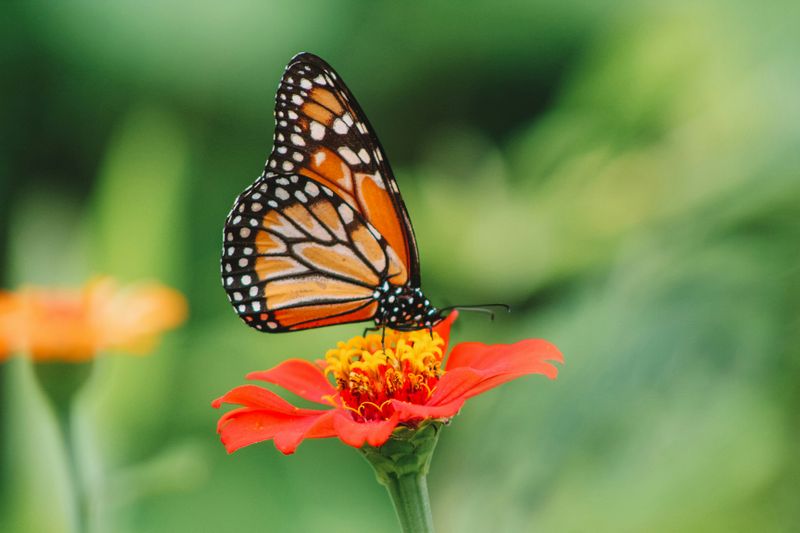 Photo by Victória Duarte on Unsplash
Photo by Victória Duarte on UnsplashThere are many ways to help biodiversity flourish. Here are a few ideas to help you get inspired.
Your feedback matters to us.
This Byte helped me better understand the topic.

